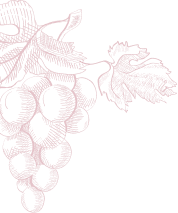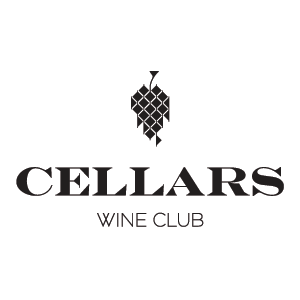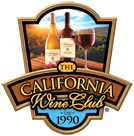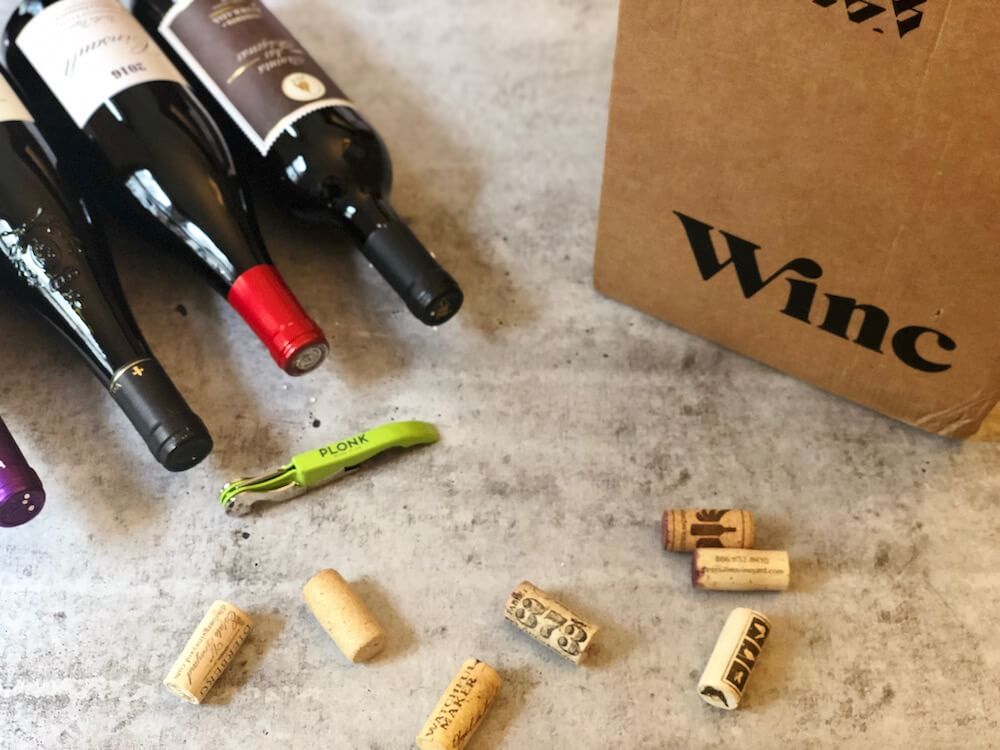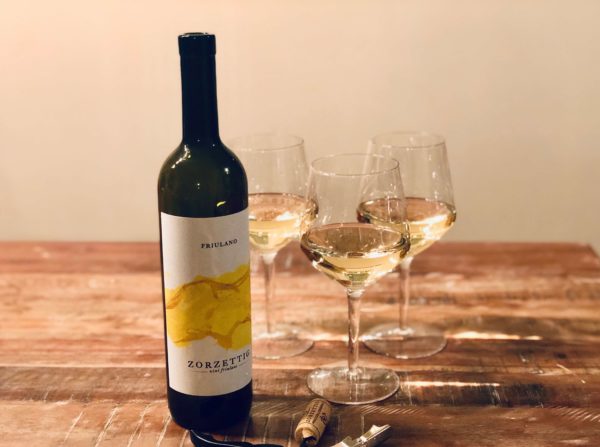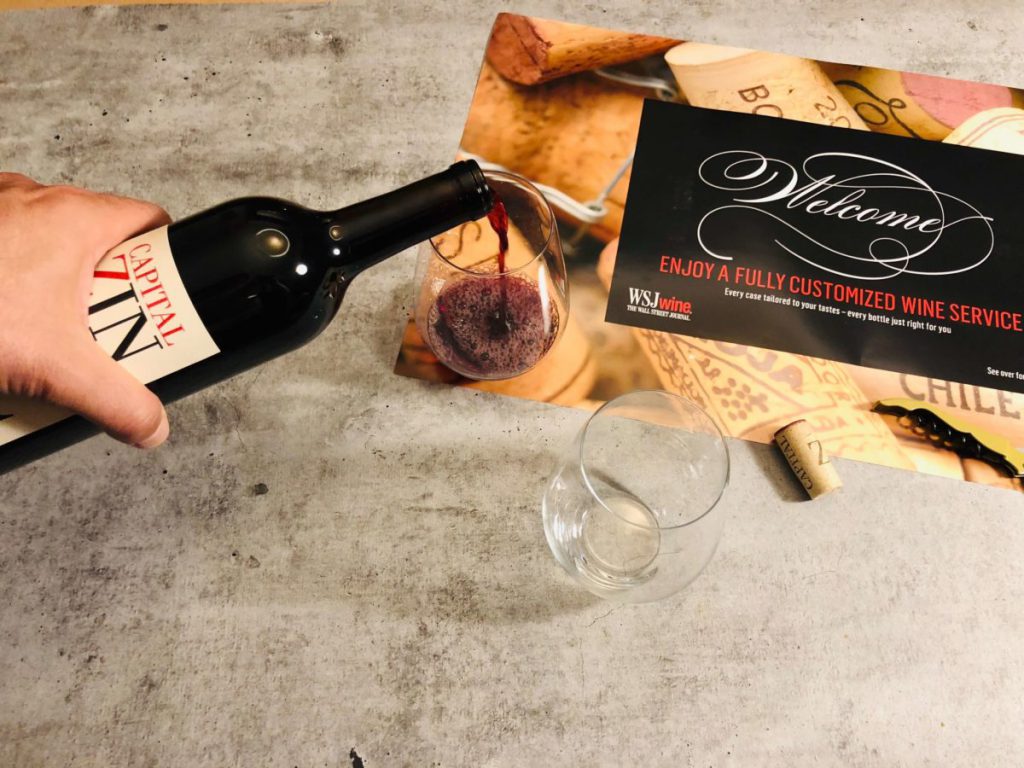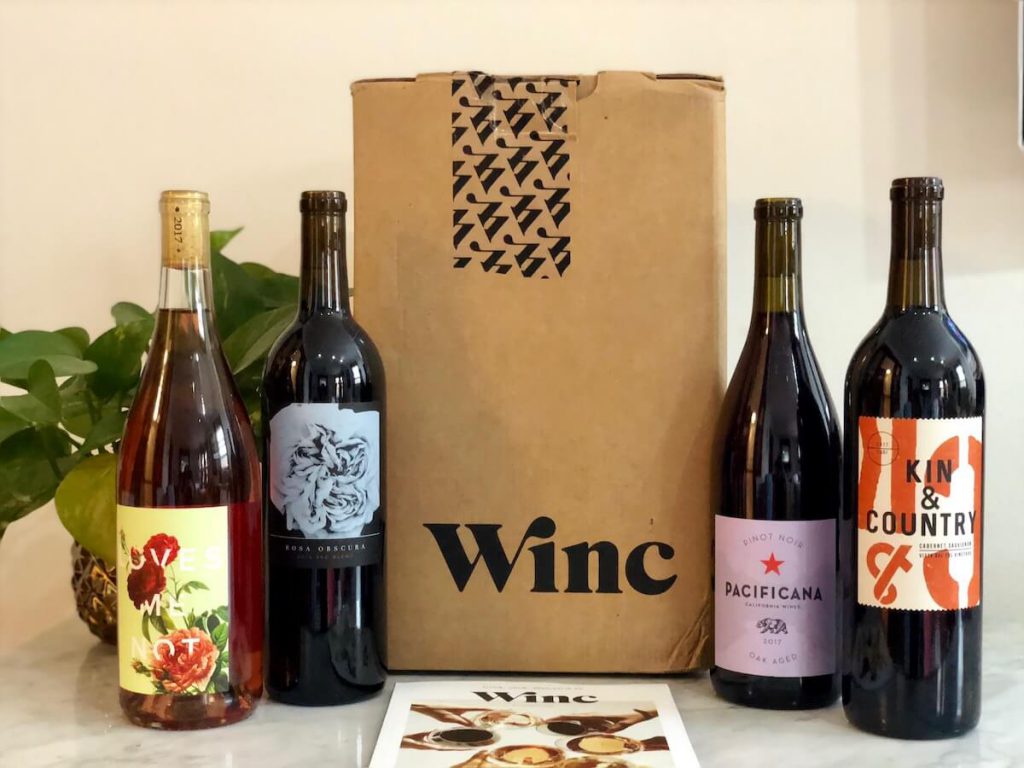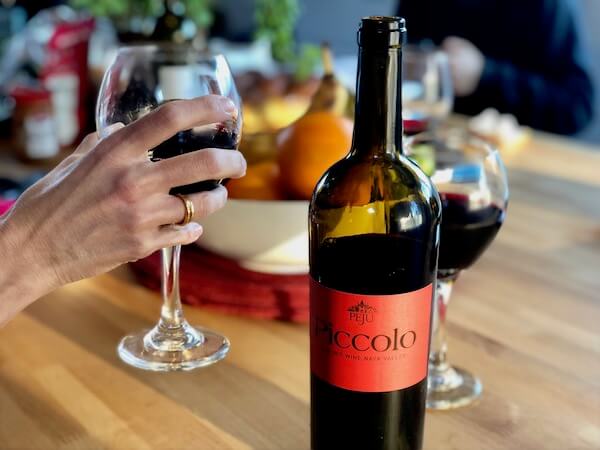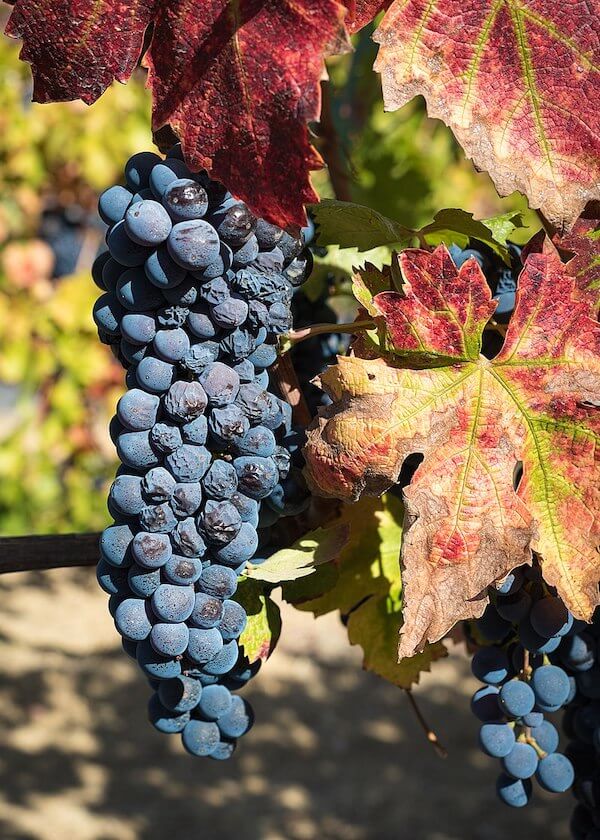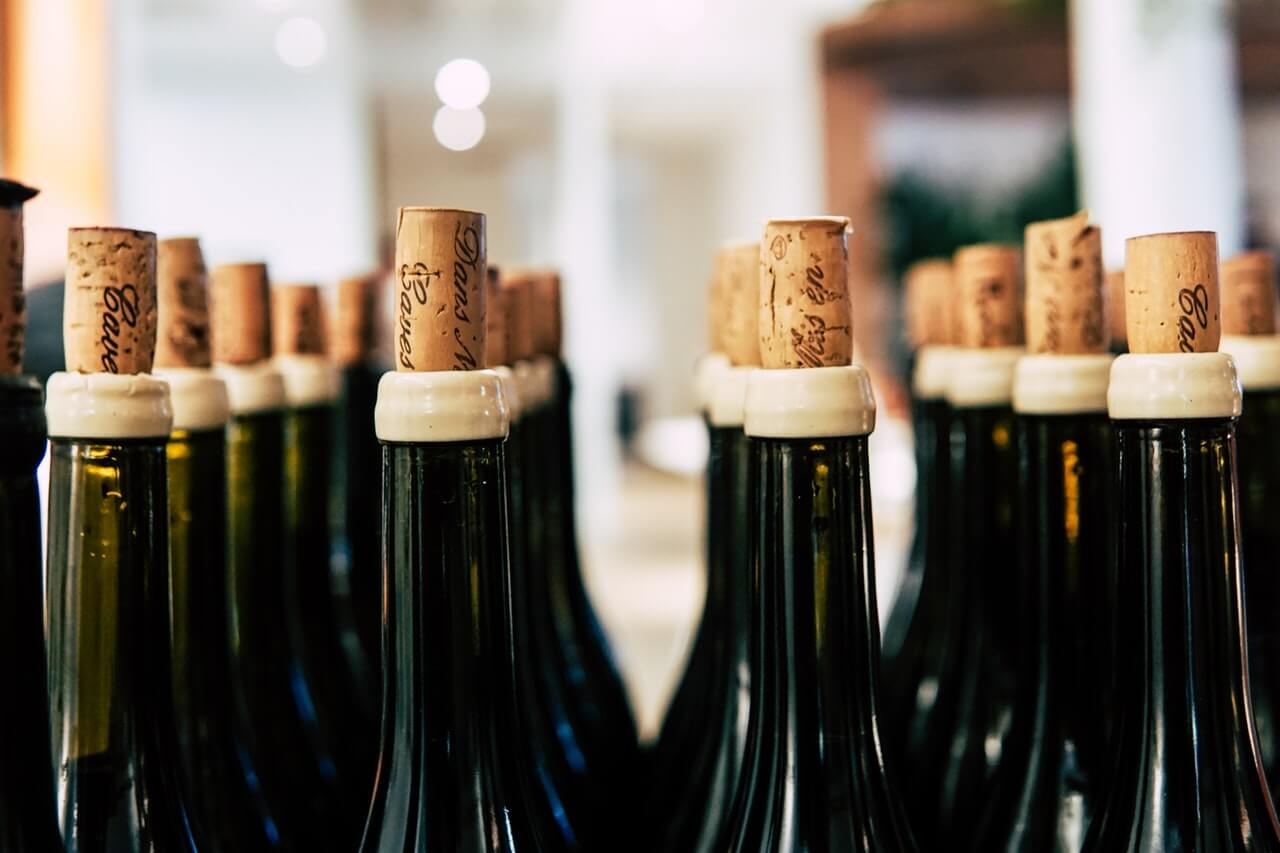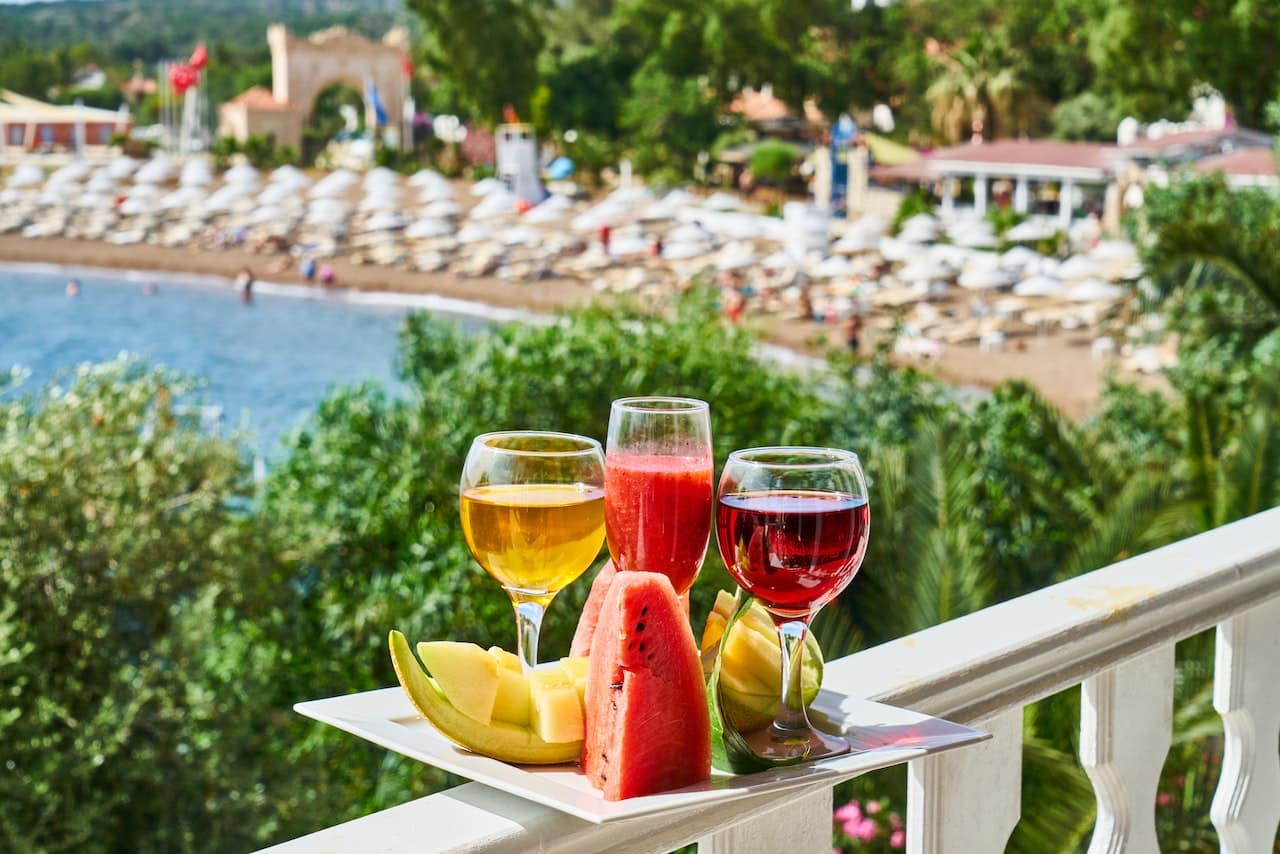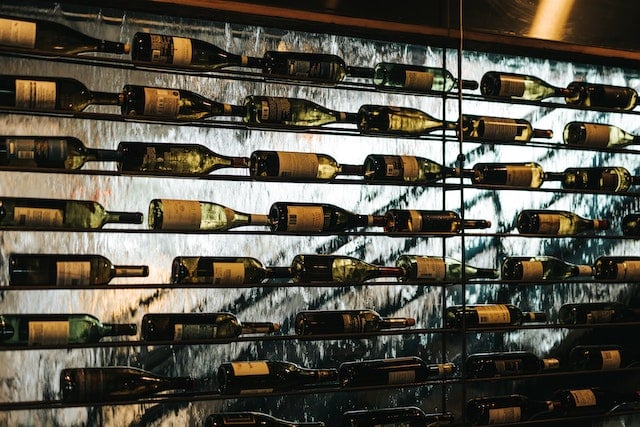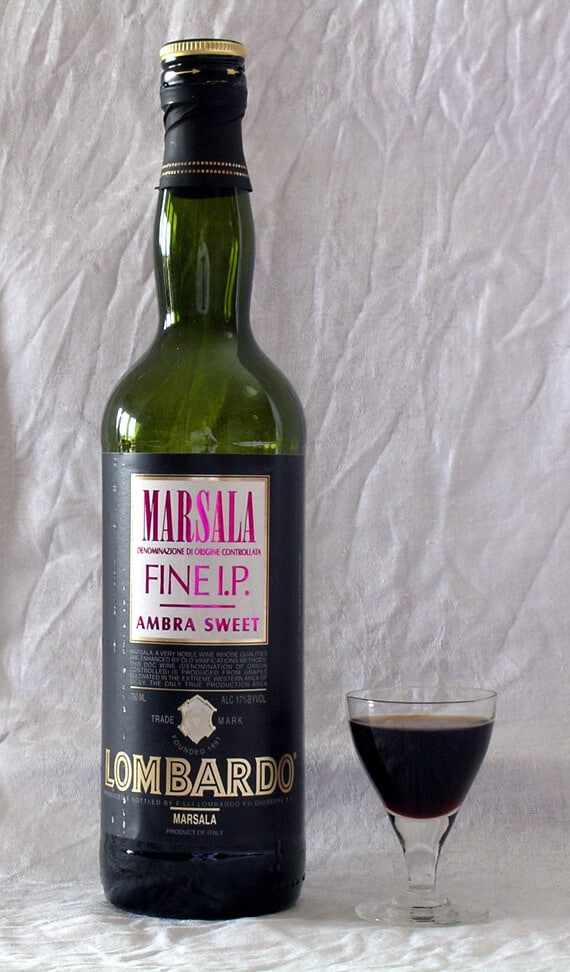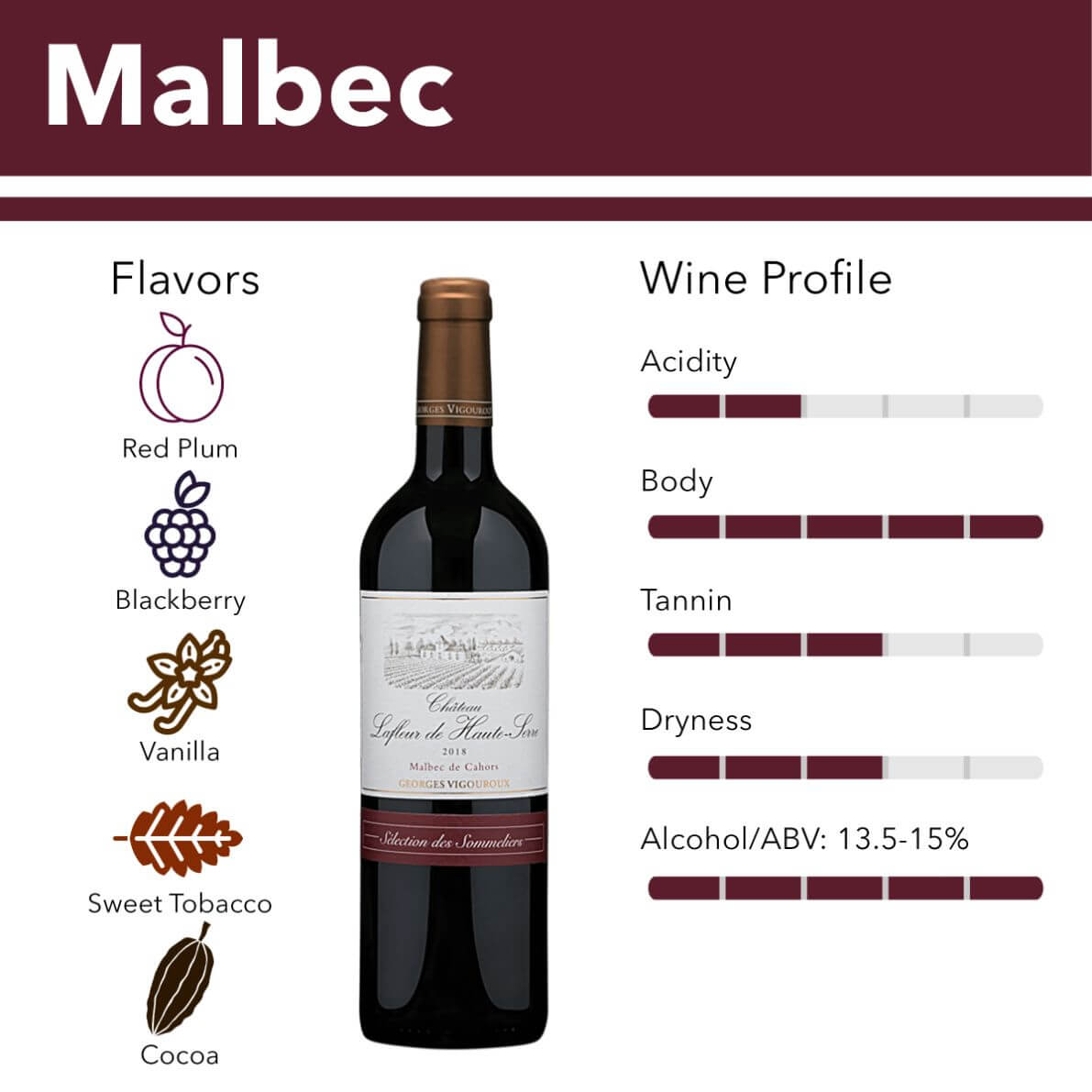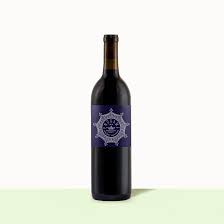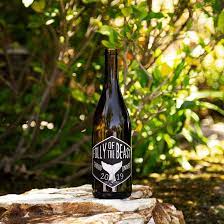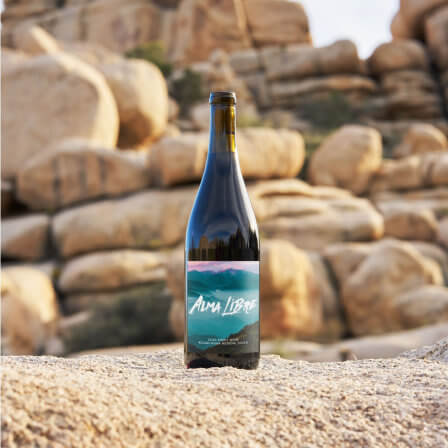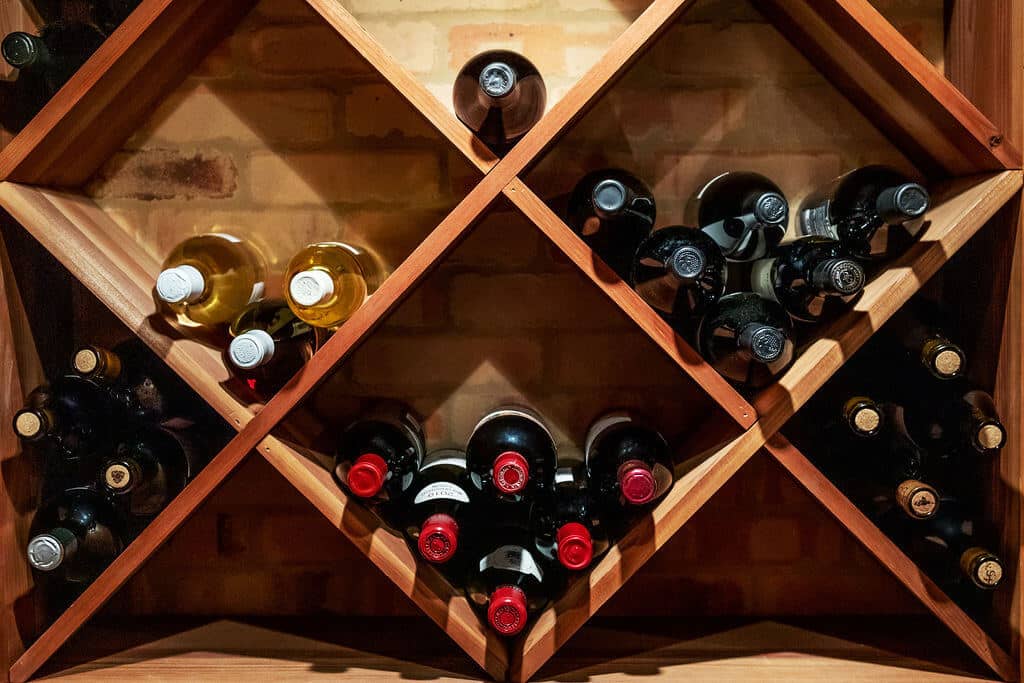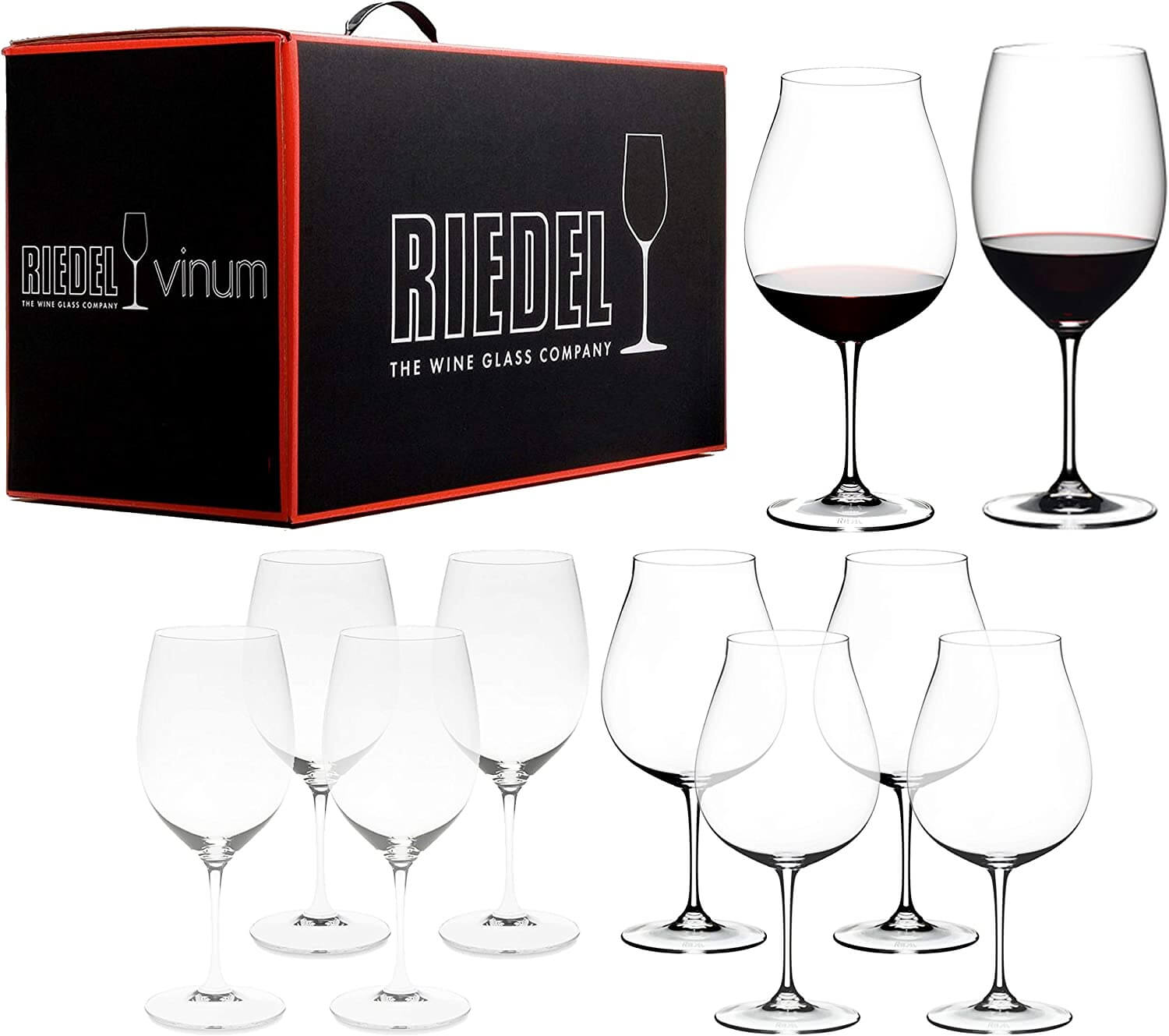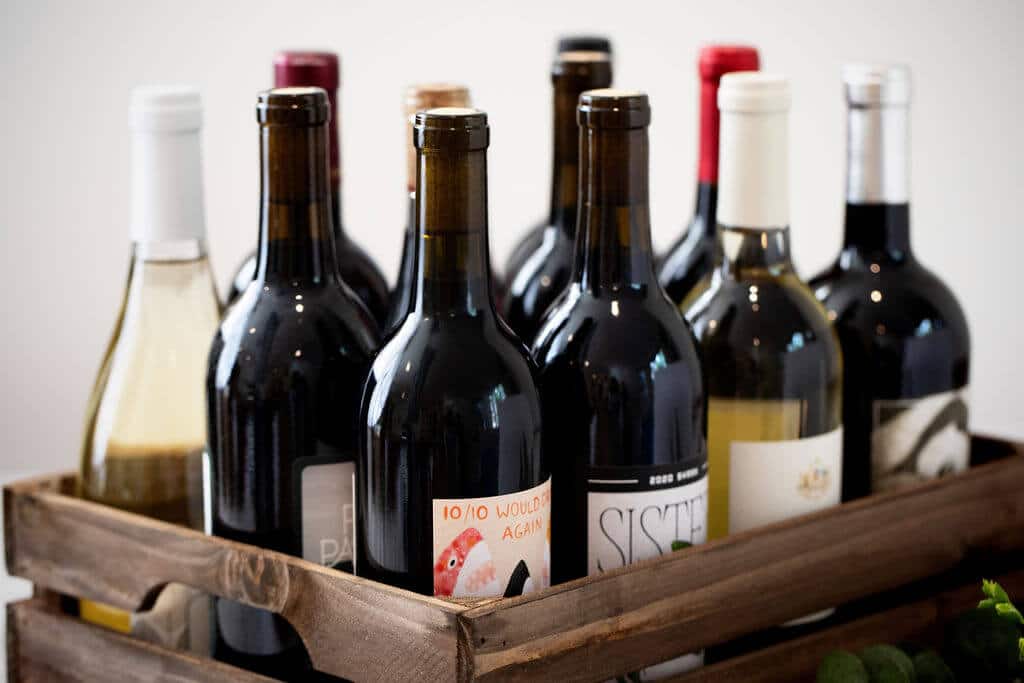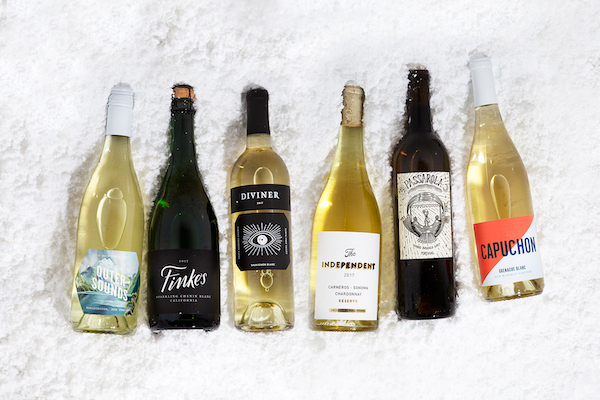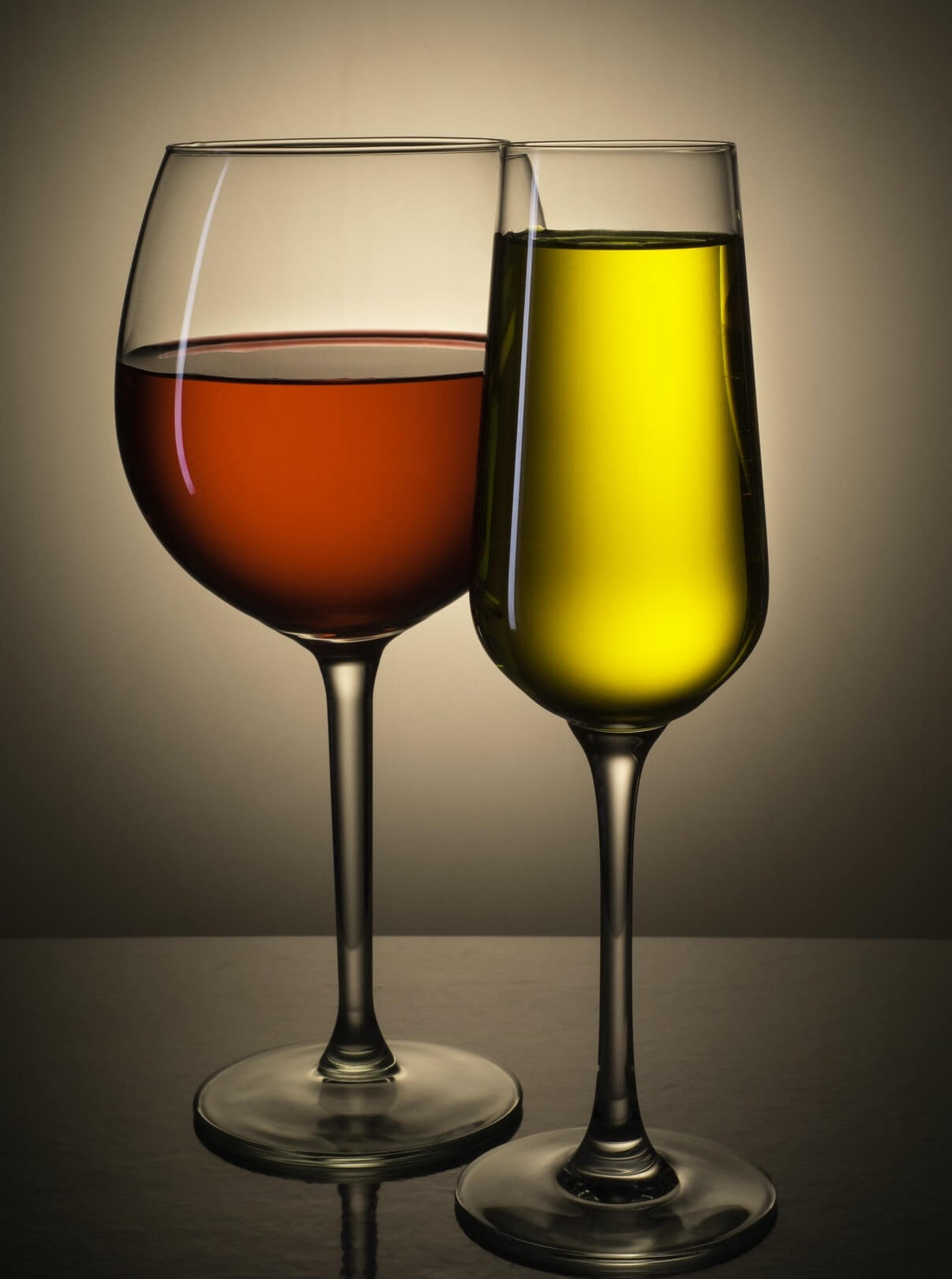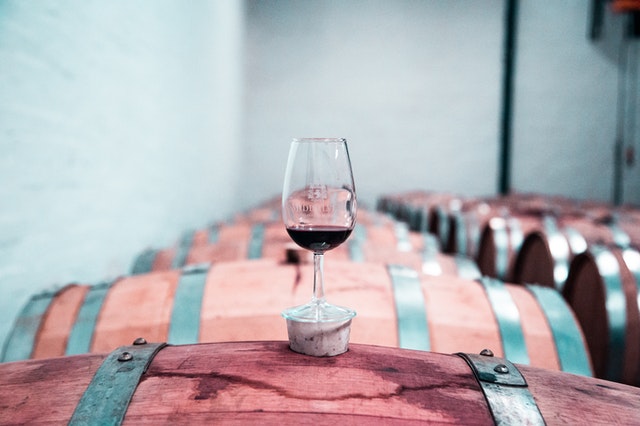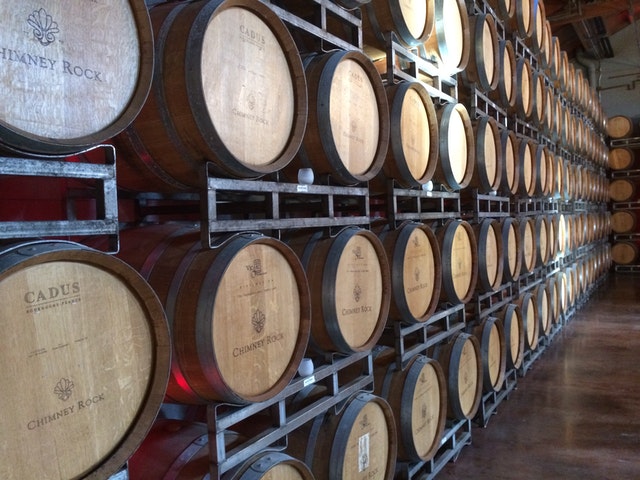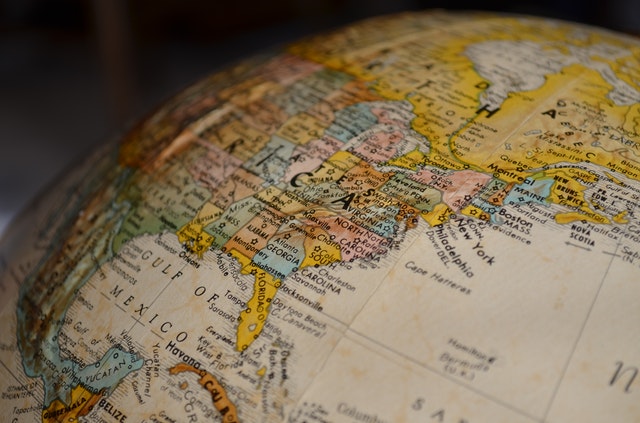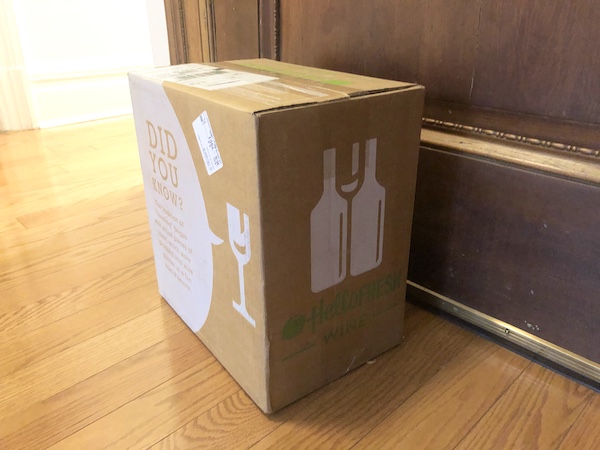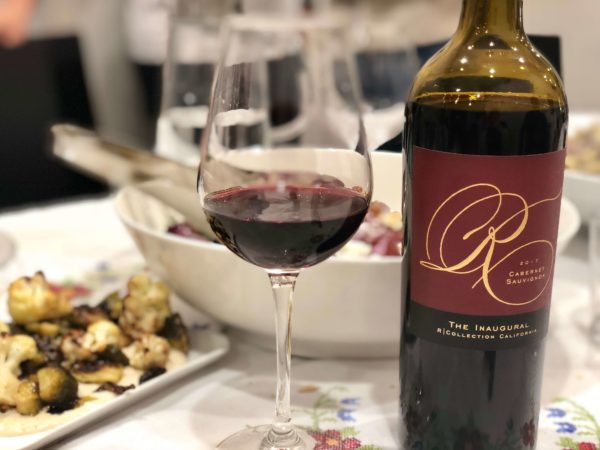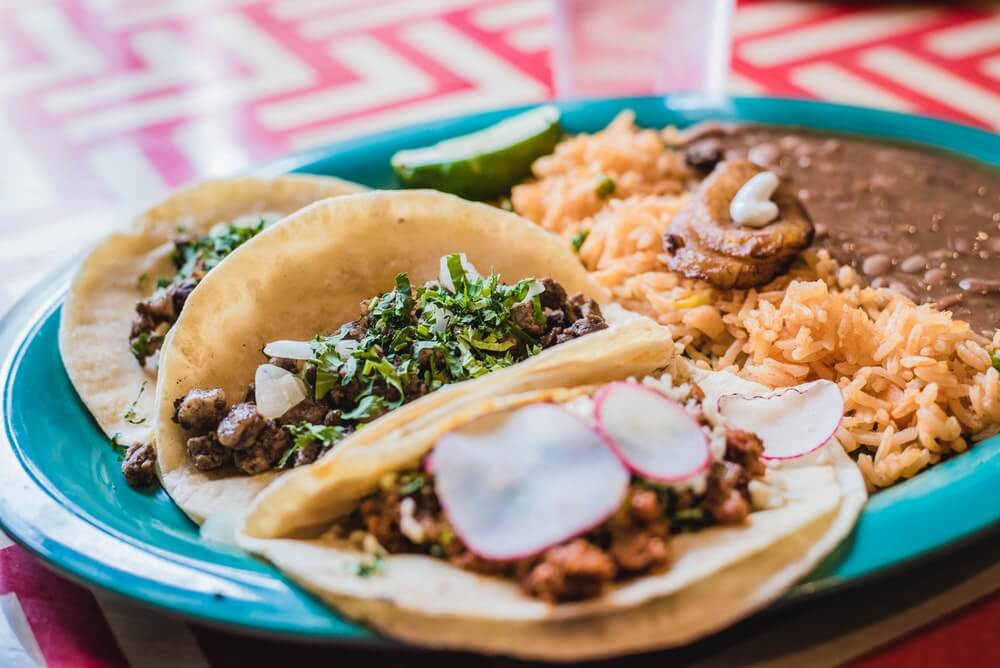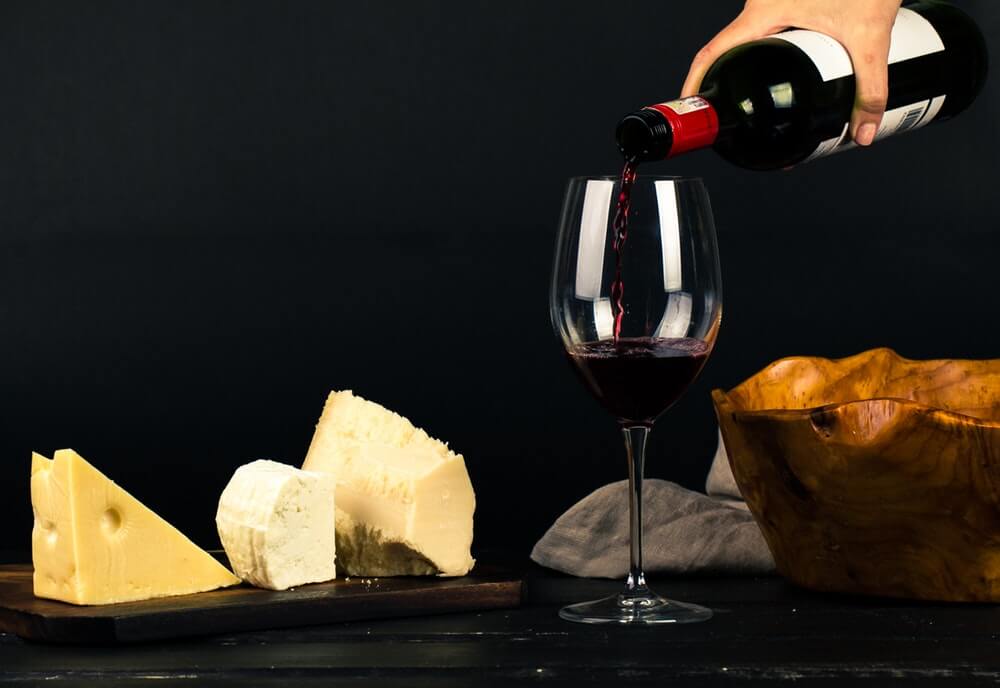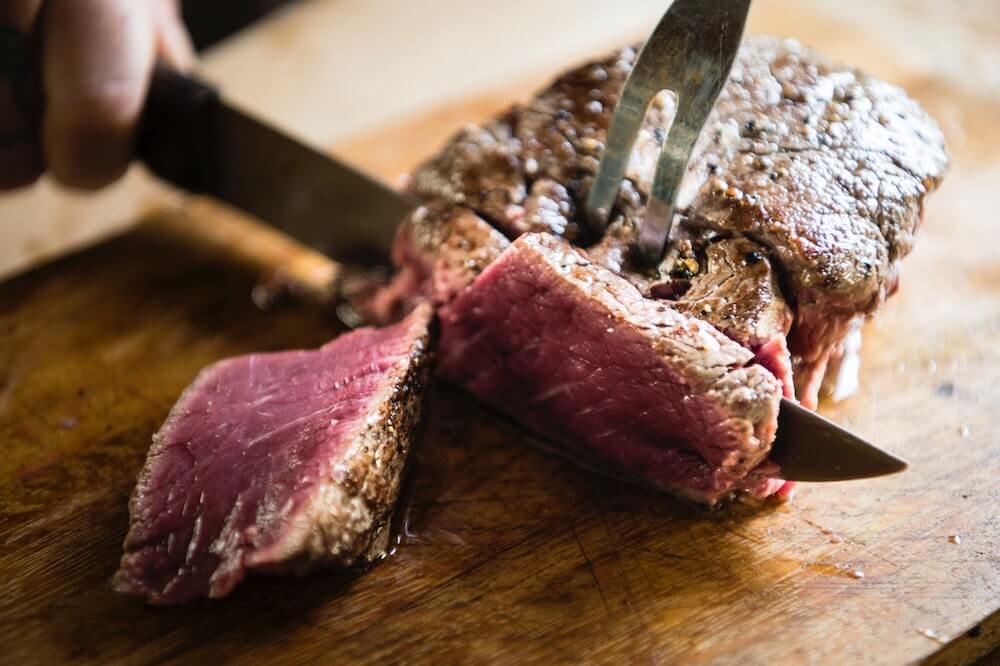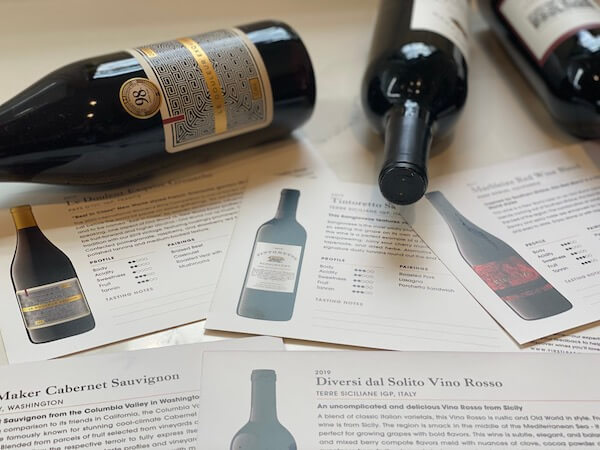Wine is an alcoholic beverage made of fermented grape juice. Although many modern winemakers use a variety of fruits, wine has traditionally been made of grapes.
There are many countries to produce wines in the world. When grapes grow under a distinct set of soil and climate conditions of each country, they develop their own different flavor profiles. The fact that grapes can be grown in numerous regions in the world is what gives way to the beverage’s varied styles – and, thus, different appropriate food pairings. For example, the tannins in a cabernet sauvignon make it a great companion to red meat, while the crispness of a sauvignon blanc pairs well with tangy citrus flavors.
Wine culture today is secure, and wine and travel are one of its most prominent intersections. Travel to wine-producing countries not only allows wine lovers to learn about culture and land through wine – there is also the opportunity to bring back some delicious souvenirs!
Top 5 Wine Country Destinations for Your Next Trip
France – 7 Major Wine Regions
The Bordeaux region is home to Bordeaux styles red wine blends, such as the Merlot, Cabernet Franc, and Cabernet Sauvignon. It is also among France’s top wine-producing locales and is no stranger to wine tourists.
Burgundy winemakers are renowned for their Chardonnay, Gamay, and Pinot Noir wines. The region is also known for its historical, riverfront tourist destinations.
The proximity of the Languedoc-Roussillon region to the warmer Mediterranean lends itself to great red wines, like the Carignan, and acclaimed white wines, like the Sauvignon Blanc. The miles of sunny coastline along the Mediterranean Sea is just another reason to make the trip.
The Rhone Valley produces fine Syrah wines in the north and exceptional Grenache and Trebbiano Toscano blends in the south. This region also offers gastronomical experiences set amid the picturesque French countryside.
Italy – 20 Wine Regions
Arguably among the most famous of the Italian wine regions, Tuscany is a destination for wines produced using Sangiovese and Trebbiano Toscano grapes.
Abruzzo is full of high-quality Montepulciano and Trebbiano Toscano varieties – as well as an abundant wildlife tourism industry.
Veneto wine cellars offer top-of-the-line Merlot, Prosecco, and Pinot Grigio blends. It is also home to the beautiful canal city of Venice, which also serves as the region’s capital city.
Numerous wine varieties, such as the Barbera, and sparkling wines like Moscato d’Asti, can be found in northwest Italy’s Piemonte region. Turin, the capital city of the area, is also known for its history, architecture, and open piazzas.
Premium wines like the Marsala and Nero d’Avola, two recognized red blends, hail from the vineyards of Sicily. Furthermore, Italy’s biggest island has lots of nature tourism and Greek ruins to keep visitors thoroughly engaged.
Spain – 69 Wine Regions
Tempranillo and Garnacha red grape varieties run aplenty in La Rioja, a Spanish wine region known for its array of affordable wines. Visitors to La Rioja can sample local wines from over 80 wineries and experience exquisite Spanish cuisine.
The Castilla-La Mancha region, made accessible by Miguel Cervantes’ Don Quixote, produces fine Tempranillo and Bobal reds, as well as the Airén white blend. With its ubiquitous natural landscapes, it is also a must-see for the outdoor enthusiast.
Monastrell wines and various kinds of fruits are two significant outputs of the agricultural region of Jumilla. Wine tourists can complete the Ruta del Vino de Jumilla, or the Jumilla Wine Route, to witness wine production firsthand and learn about each individual winery.
United States
There are many local states in the US to offer a great wine experience. According to the American Viticultural Area (AVA), the United States has a total of 246 wine areas. The top three wine-producing states are California, Washington, and New York, with California producing the majority of American wines.
The Sonoma and Napa Valley regions of California produce plenty of Cabernet Sauvignon and Merlot to keep red wine lovers happy. Sauvignon Blanc and Zinfandel, two crisp whites, are also found here.
Washington state has become increasingly relevant in the contemporary American wine industry. Some of its most popular outputs are Chardonnay, Syrah, and Merlot wines.
Oregon, located in the Pacific Northwest between California and Washington, ranks third in terms of wine-producing capacity in the United States. Its vineyard is known for its Pinot Noir, Riseling, and Gamay varieties.
Argentina – Three Major Wine Regions
With the scenic Andes mountains as its backdrop, Mendoza is Argentina’s largest wine-producing region. It is recognized worldwide for its Malbec wines, a dry red blend that leads with dark fruit flavors and finishes with a chocolate aftertaste. Chardonnay, Bonarda, and Cabernet Sauvignon wines are also produced in this region, much to the delight of the wine connoisseur who can never decide between red or white.
Don’t have the ability to travel to any of these countries in the near future? A wine club membership can easily fill your wine-loving appetite. From standbys like port wine and sweet wines to exciting international wines from locales like Cape Town, South Africa, we’ve got you covered. Sign up for a wine club membership today to begin your regularly-scheduled shipments of quality wines to your doorstep! With many memberships available at price points tailored to different consumer needs, you are sure to find a wine club that works for you.
Final thoughts
Wine is a historic alcoholic beverage that has roots in many diverse regions of the world, and it is the unique climates and environmental conditions of these regions that give us the numerous wine blends on the market today. Wine tourism is beneficial to wine-producing regions for two reasons. One, it is an intimate way to learn about both the wines that put a region on the map, as well as the artisans who make them. Two, visiting these regions lets the wine lover delve into their respective histories and traditions while still supporting industries, such as gastronomy, that are auxiliary to the wine industry.

